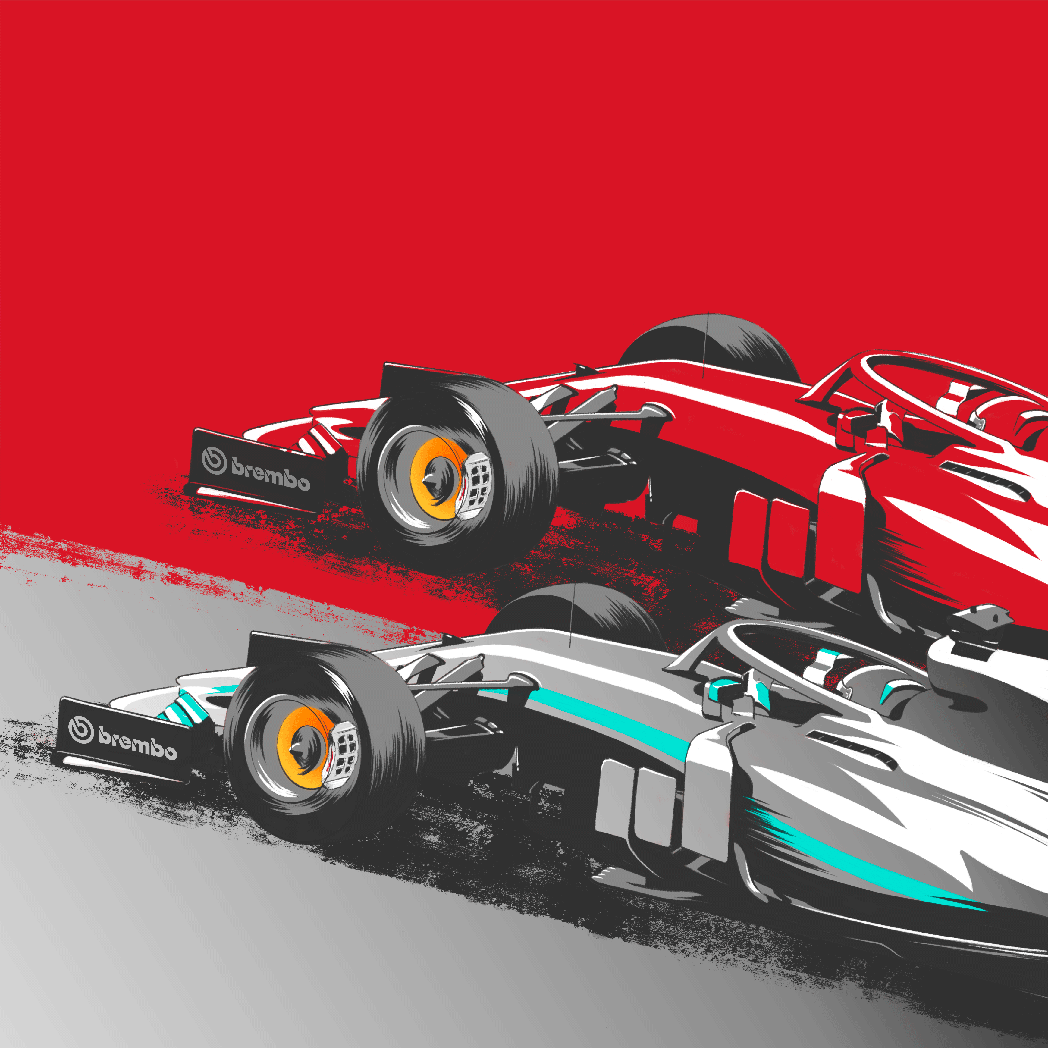
The demand on the brakes during the GP
Four years ago, the fastest single-seaters in Monza ran qualifying laps going an average of 250 km/h (155 mph), while last year exceeded 263 km/h (163 mph).
Naturally, the amount of time spent braking will be low: just 11% of the entire race. Are not a negative record the six braking points per lap; in Singapore there are 15 braking sections, in Monaco, Yas Marina, Budapest and Baku there are 11 but in Hockenheim only 5.
On average, the brakes are applied for 10.6 seconds per lap, a number that surpasses only that of the Spielberg track, which is almost a whole kilometer and half (0.9 miles) shorter. The fact that there are very few braking sections, all of which are extremely violent, means that the average peak deceleration per lap is 4.1 G.
The combination of hard braking compensated by very few braking sections generates energy dissipated in braking by each car during the entire GP race that is in line with the other GP races: The 165 kWh here is similar to what has been registered on the Spa-Francorchamps and Sochi tracks.
From the starting line to the checkered flag, each driver will exert a total load of 31 tons on the brake pedal. Practically speaking, the brake force applied each lap measures almost 600 kg (1,323 lbs), which requires drivers to be in excellent shape, as does facing the lateral acceleration in the corners.
